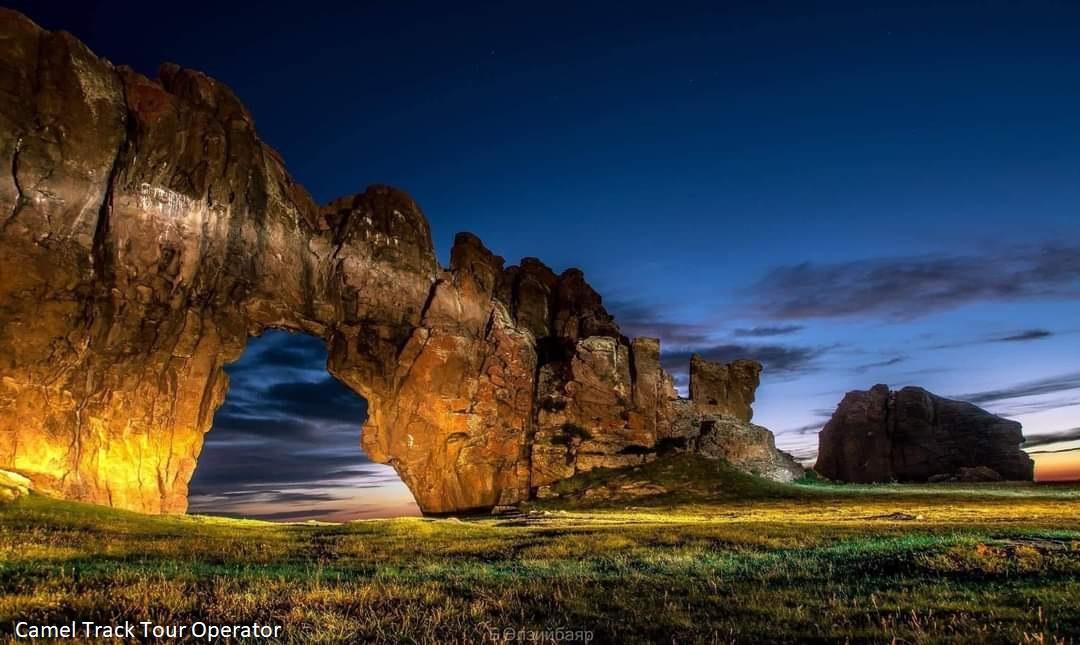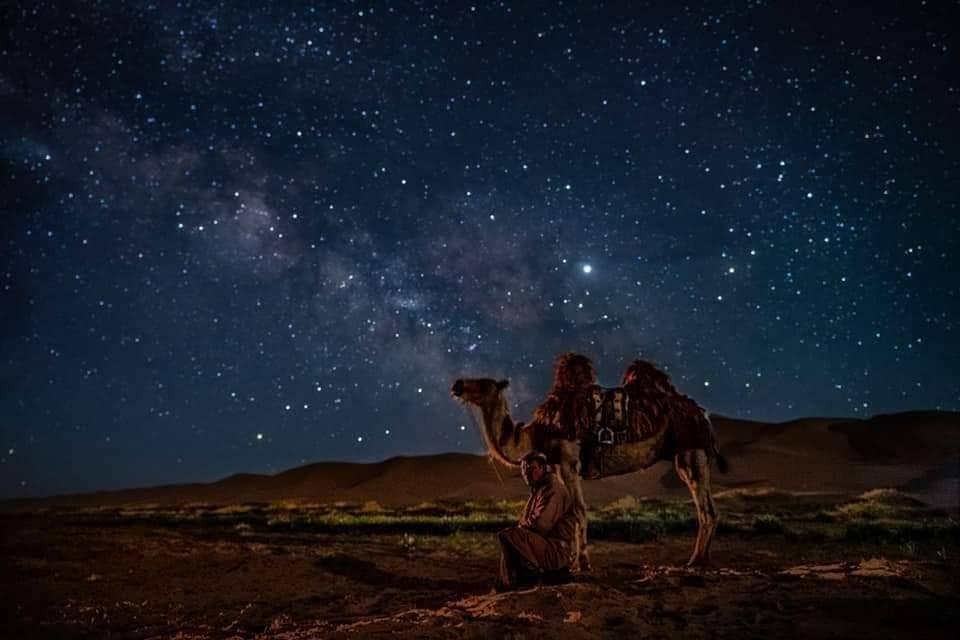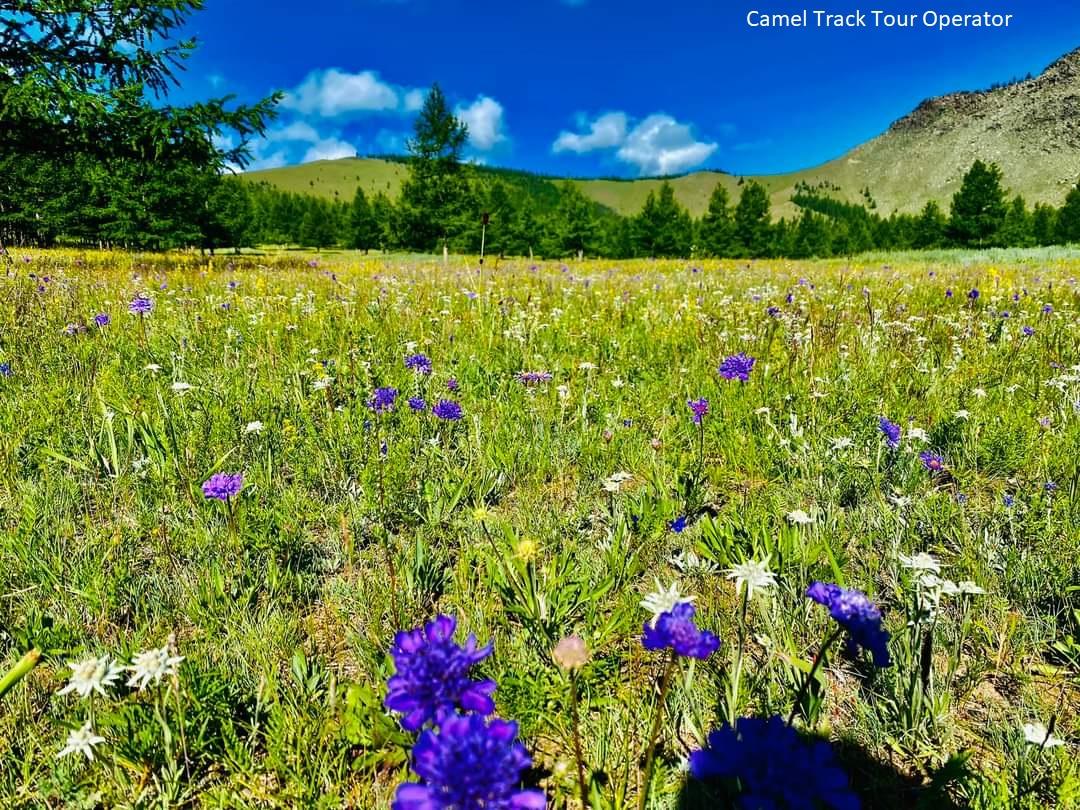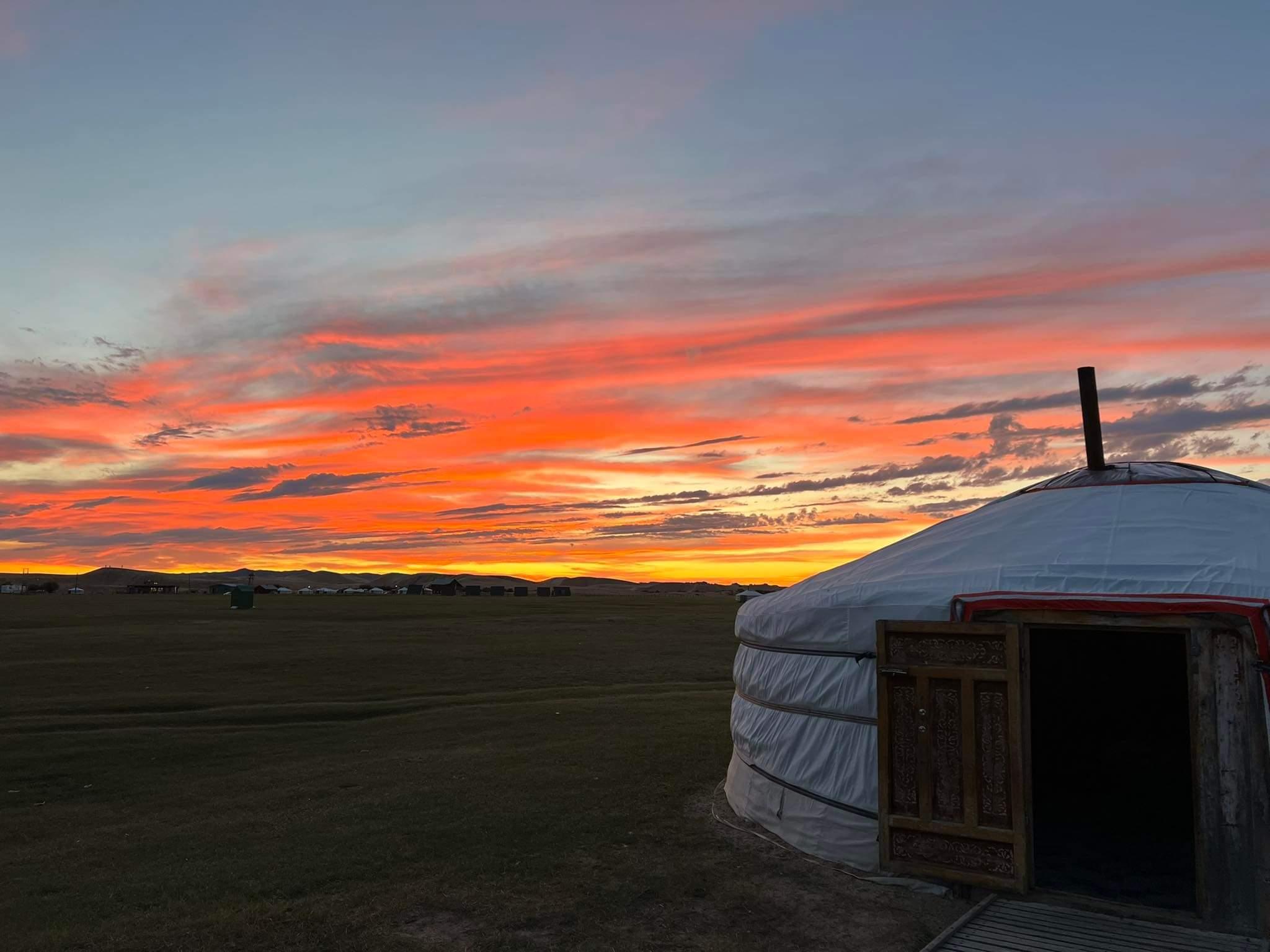MONGOLIA DESTINATION
Mongolia is truly one of the world's last undiscovered travel destinations and the safest country to visit. It is a land where you can experience wide-open spaces, cobalt blue skies, forests, deserts, crystal clear rivers and lakes, and the traditional hospitality of the nomads. Permanent dwellings are few and far between, fences even fewer and the land is owned by the people, like one large National Park. As a tremendous destination to experience the outdoors, Mongolia also boasts of unique history dating back to the Mongol Empire of Genghis Khan. Simply put, it is a land of adventure, horses, nomads, and blue sky.
-
Capital City Ulaanbaatar
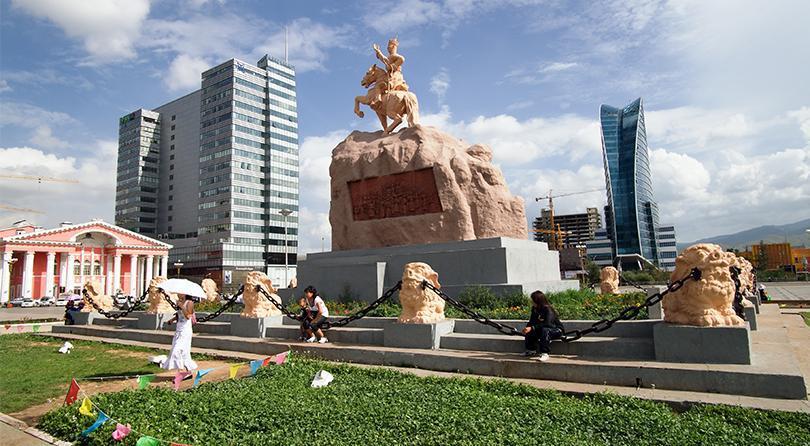 Ulaanbaatar is the general base for all business and development and it is the natural headquarters from which go all major travels to the countryside. The city is situated in a valley at an elevation of about 1350 m (about 4.300 ft) and is surrounded by four holy peaks, which make a wonderful backdrop. From the beginning of 21th century, new hotels, restaurants and supermarkets, public places, business districts have emerged and transformed the city into a thriving modern metropolis. In 2007, the capital city received its 1.000.000 th citizen. Ulaanbaatar is the political, cultural, industrial, and transportation center of the country, connected by highway to all the major towns in Mongolia and by rail to the Trans-Siberian and Chinese railroad systems. It presents contrast of soviet style old buildings and modern sky scrapers. The city boasts numerous impressive museums and a wide selection of restaurants. The city has all the convenience of modern life and yet if you want to escape for a few hours the countryside is only a bus ride away. Last few years surprising numbers of building cranes are seen above the city views, proving a recent dynamic growth of economy and high interest of foreign investments. Although Ulaanbaatar is located at the highest altitude with the coldest climatic conditions, it gives the visitor a very warm welcome.
Ulaanbaatar is the general base for all business and development and it is the natural headquarters from which go all major travels to the countryside. The city is situated in a valley at an elevation of about 1350 m (about 4.300 ft) and is surrounded by four holy peaks, which make a wonderful backdrop. From the beginning of 21th century, new hotels, restaurants and supermarkets, public places, business districts have emerged and transformed the city into a thriving modern metropolis. In 2007, the capital city received its 1.000.000 th citizen. Ulaanbaatar is the political, cultural, industrial, and transportation center of the country, connected by highway to all the major towns in Mongolia and by rail to the Trans-Siberian and Chinese railroad systems. It presents contrast of soviet style old buildings and modern sky scrapers. The city boasts numerous impressive museums and a wide selection of restaurants. The city has all the convenience of modern life and yet if you want to escape for a few hours the countryside is only a bus ride away. Last few years surprising numbers of building cranes are seen above the city views, proving a recent dynamic growth of economy and high interest of foreign investments. Although Ulaanbaatar is located at the highest altitude with the coldest climatic conditions, it gives the visitor a very warm welcome.
Gandan monastery

The Gandan Monastery is the largest and most significant Tibetan-style monastery in Mongolia and one of Ulaanbaatar’s most interesting sights. . Built in the mid 19th century and it currently has over 200 monks in residence. The Migjid Janraisig Temple is an important part of Gandan Monastery. The temple houses features a 26-meter-high majestic gilded statue of Migjid Janraisig.
Mongolian National Museum

This museum presents Mongolian history and culture from prehistoric times to the present day. Exhibitions cover prehistory, pre-Mongol Empire history, Mongol Empire, Mongolia during Qing rule, ethnography and traditional life, and twentieth-century history. The ethnographic collection has significant displays of the traditional dress of various Mongolian ethnic groups and of snuff bottles.
Chingiss Khaan’s Square & Parliament House

The Genghis Square lies at the heart of the city surrounded by theaters, government buildings and banks. There is a bronze statue of Sükhbaatar astride his horse, who is hero of the revolution, declared Mongolia’s final independence from the Chinese. The square now features . Another site of interest is the large construction site of massive bronze statues of Genghis Khan and his four warriors in front of Parliament House.
Central Museum of Mongolian Dinosaurs

Mongolia is the country of dinosaurs; many world famous fossils such as complete fossils, eggs, fighting dinosaur etc from Gobi Dessert. Central Museum of Mongolian Dinosaurs is newly operated from 2014, aimed to preserve cultural heritages, to document registered items and promote paleontology discoveries for public viewing.
Tumen Ekh Ensemble – Cultural Show

Tumen Ekh ensemble is Mongolia’s premier traditional performance group; featuring folk song, traditional music, dance and contortion. Tumen Ekh ensemble is one of the most successful folk art groups to share traditional Mongolian music with the world, having traveled to over 40 countries. The music of Mongolia expresses vastness, freedom and life in harmony with nature and the environment.
Bogd khan Palace Museum

Bogd Khaan Palace Museum – The complex was built between 1893 and 1903 dedicated to the 8th Bogd Javzandamba, the head of Mongolian religion. The palace museum consists of seven Summer Prayer temples and the winter palace. The collections of the museum include unique and valuable objects related to Mongolia’s political, religious, and artistic history from the 17 to early 20-th centuries.
Choijin Lama Temple Museum

Built in the first decade of the 20th century for the younger brother of the last religious ruler of Mongolia who was also the state oracle. The temple/museum is situated in the center of Ulaanbaatar. It has a fine collection of arts and religious relics, including tsam masks and costumes used in religious dances. It is known as one of the most beautiful monasteries in Mongolia.
Zaisan Hill – Memorial Statue

Zaisan Memorial Hill (or Zaisan Tolgoi) is located in the south side of Ulaanbaatar City, right beside the Bogd Khan Mountain having a best view of the city and surrounding hills. There are a 15 m high golden-yellow standing statue of Buddha besides the hill and a memorial statue on the top of the hill honoring soviet soldiers who fought against Japanese invaders in the territory of Mongolia and Manchuria in 1939 – 1945.



